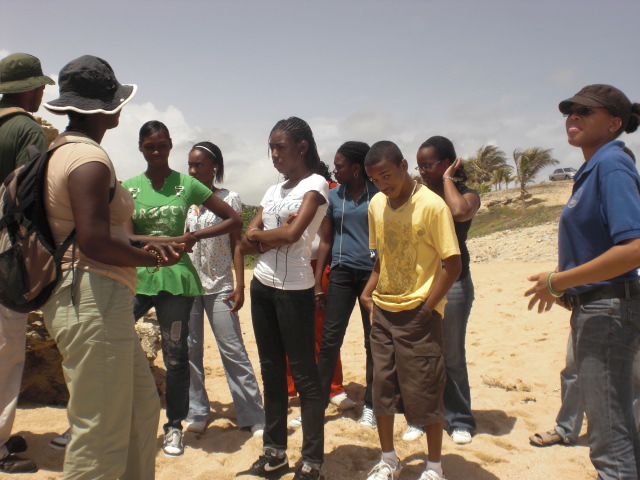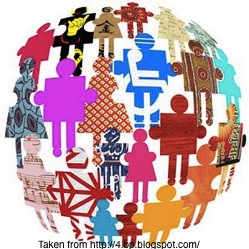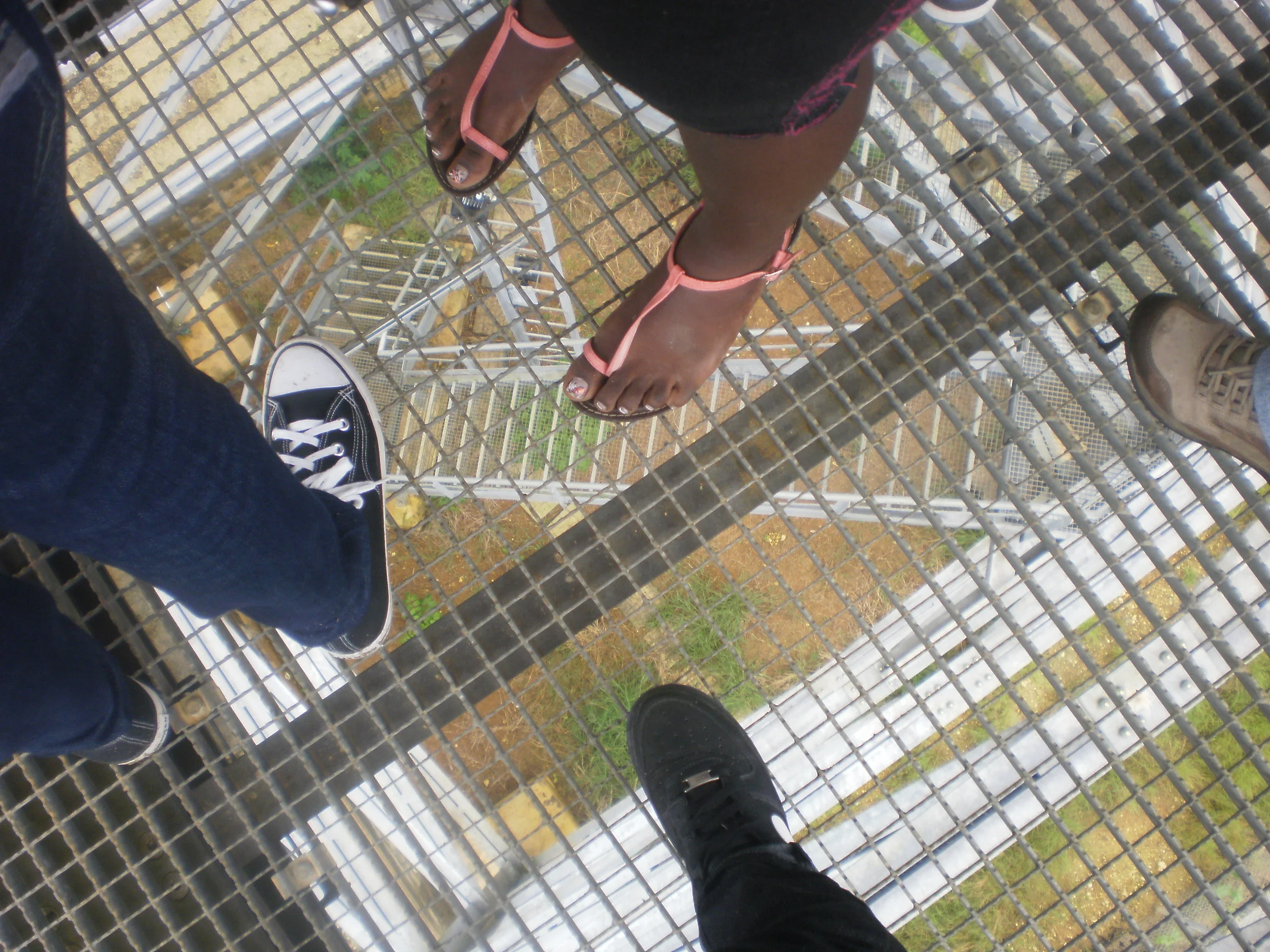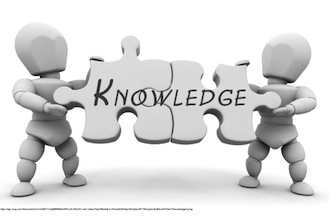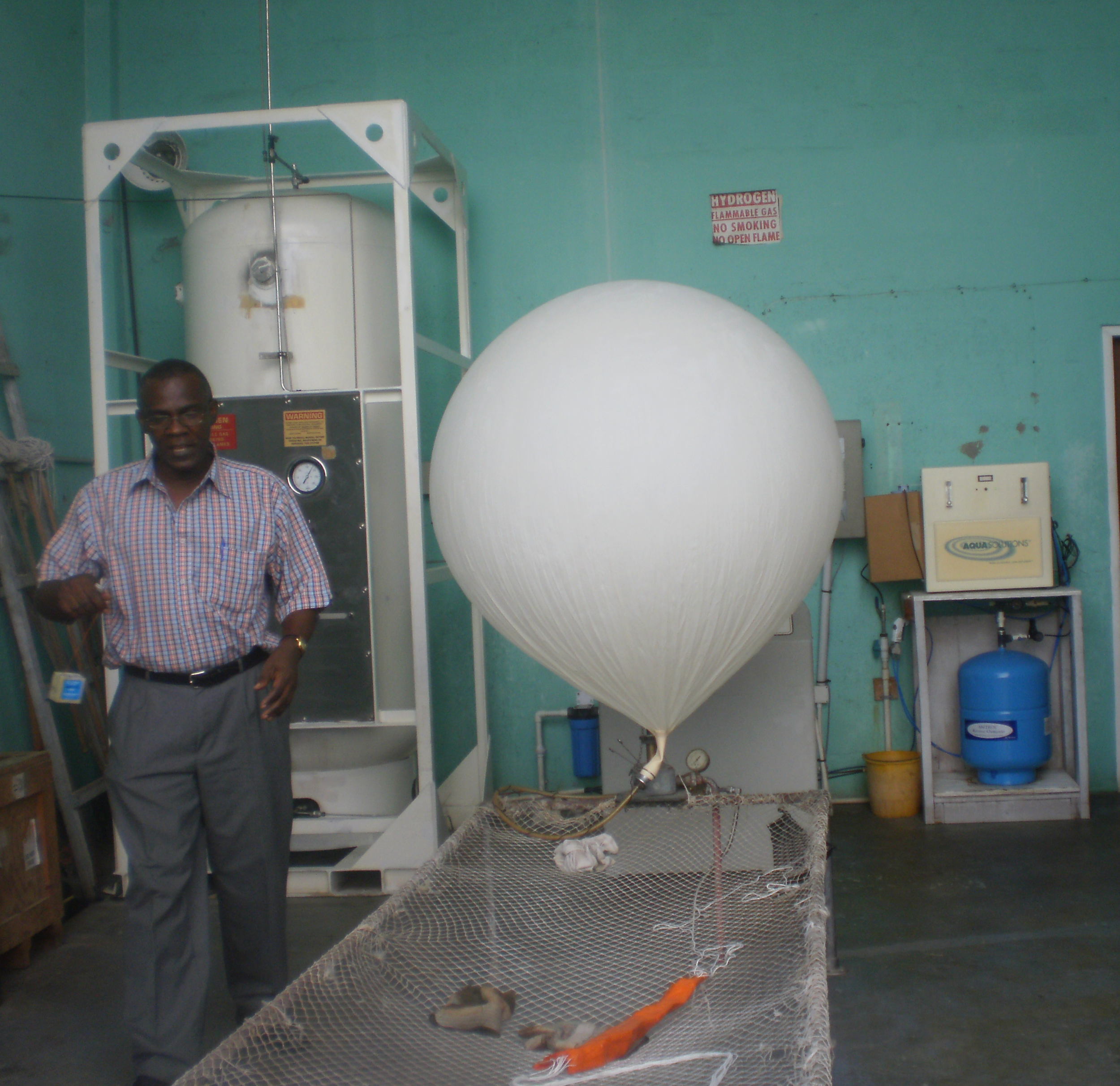Kim Whitehall
July 2014
The environment is all around us, weather and climate are a part of everyday life, and the interaction of man and his environment through changing weather patterns and climate change issues are constantly being addressed by various facets of society including natural and social scientists, politicians, economists, and the youth.
My approach to teaching in the Earth Sciences incorporates active learning techniques including hands-on activities to establishing career development goals and developmental discussions to encourage life-long learners in students. I have taught mostly undergraduate-level courses in introductory meteorology and tropical climate science that involve aspects of climate change and climate variability, both of which are extremely exciting areas globally, but in the tropics highlight unique issues related to data availability limitations, limited understanding of weather and climate features associated with the land-sea distribution, and the time scale of events/variability for spanning the continuum of weather to climate.
It is my firm belief that an educator in the Earth Sciences in the 21st century requires a unique skill that transcends academic boundaries to embolden multidisciplinary analysis of problems, to encourage good stewardship of the planet, and to highlight ethical as well as epistemic values as they relate to various aspects of a rapidly changing climate.
Active-learning strategies are inherent within the Atmospheric Sciences for effectively bridging the classroom theory with world events, and encouraging careers, good stewardship and advocacy of the science. I use developmental discussion as a means of bridging the theory with reality, instill ownership of the science as well as afore students the opportunities to present their understanding of the subject matter. I firmly support students expressing themselves both using scientific methods, but also with other media. I believe this type of activity encourages ownership of the material and increase student's efficacy when they are successful in conveying the message in other realms of their lives. As such, I implement journal-keeping (or blogging) within classes, to encourage students to create entries that relate topics in the course to a current news issue in mediums most comfortable to them.
Within each course I teach, I incorporate developing the student’s writing and presentation skills in assessments, establishing development career goals through cultivating an ability to envision research directions in climate science and the Earth Sciences at large, and developing other ‘soft’ work-place skills through interactive assessments and team projects.
I strongly believe active-learning is inherent within the Atmospheric Sciences as understanding what is being observed effectively bridges the classroom theory with world events far beyond the duration of courses, and empowers persons beyond jobs, further encouraging careers, good stewardship and advocacy. Historically, I have used developmental discussion as a means of bridging the theory with reality. I have also implemented journal-keeping (or blogging), where students were encouraged to enter fortnightly jottings that related topics in the course to an issue in the media, or a topic that was discussed either within or outside of the classroom, or some other related media type, e.g. a video, song, prose, etc. I firmly support students expressing themselves both using scientific methods, but also with other media. I believe this type of activity encourages ownership of the material and increase student's efficacy when they are successful in conveying the message in other realms of their lives.
Within Earth Sciences disciplines, it is very difficult to actively experiment on the subject being studied. Additionally, there are various space and time scales at which aspects of the changing environment can be observed. As such, there is quite a bit of technological usage with regards to modeling, simulations, data access, data manipulation and conversion of data to information. Computer models and simulations allow students to access not only the outcome from a realistic sequence of events, but also those from an unrealistic sequence thus increasing their scientific knowledge on topics.
Allowing students to experiment on their own with models reaffirms concepts, and promotes cross-disciplinary critical thinking and analysis.
Problem-based and research-lead learning activities based on these tools also foster self-learning and self-evaluation skills in students, which are effective soft skills required in the current working environment.
In general, I believe as an educator in STEM disciplines, I should be open, honest, and well-informed; be a good listener and communicator in various media formats; and thrive to link the theory of the sciences to the problems of real-world applications, thus encouraging deep-learning, critical thinking and problem-solving skills. We should also foster student self-learning techniques and encourage social interactions and discussions amongst students (across all levels), whilst maintaining a multicultural all-inclusive classroom. Notwithstanding, as an educator I should maintain the integrity of the discipline and ensure students advancing have sound academic backgrounds.


